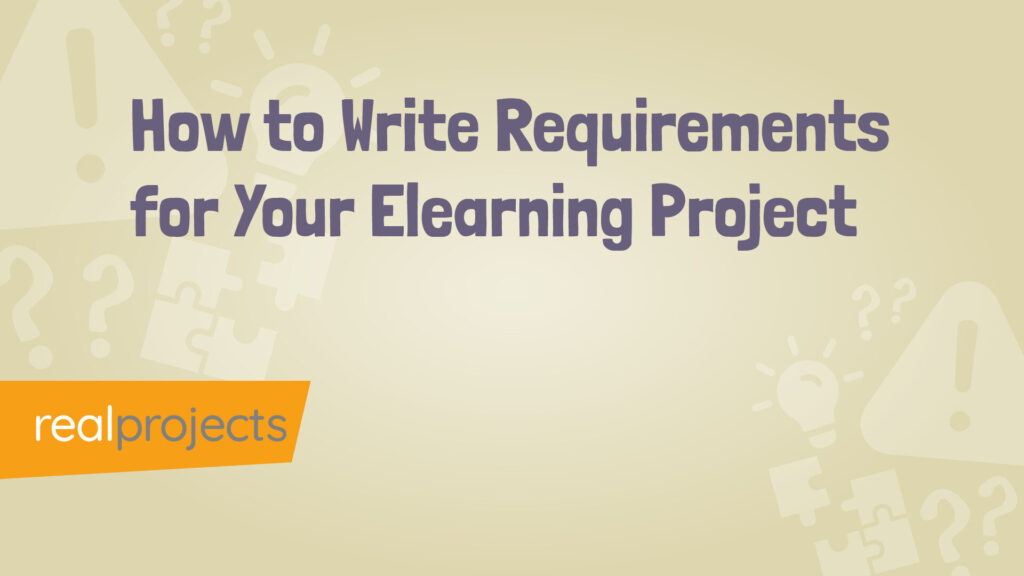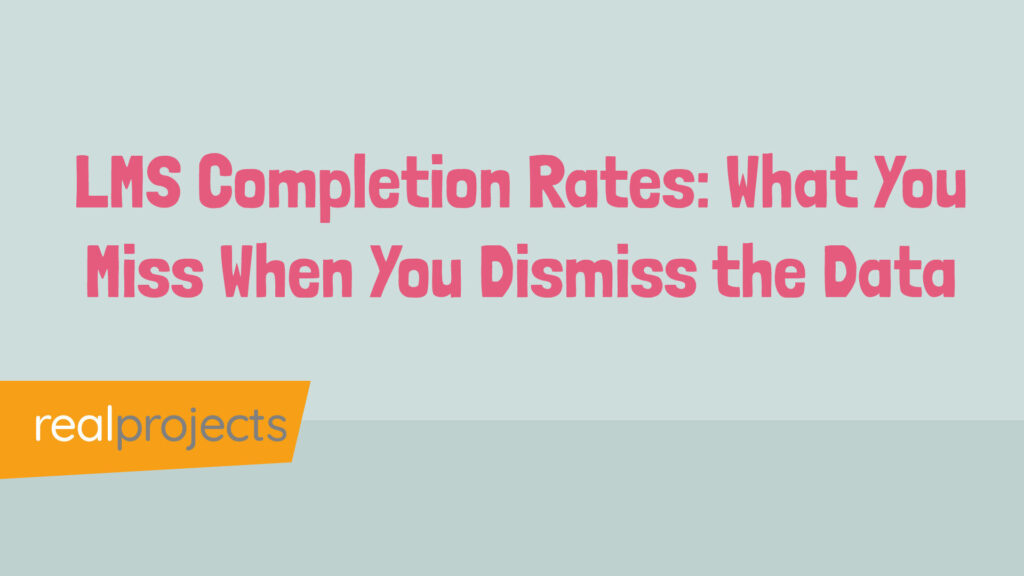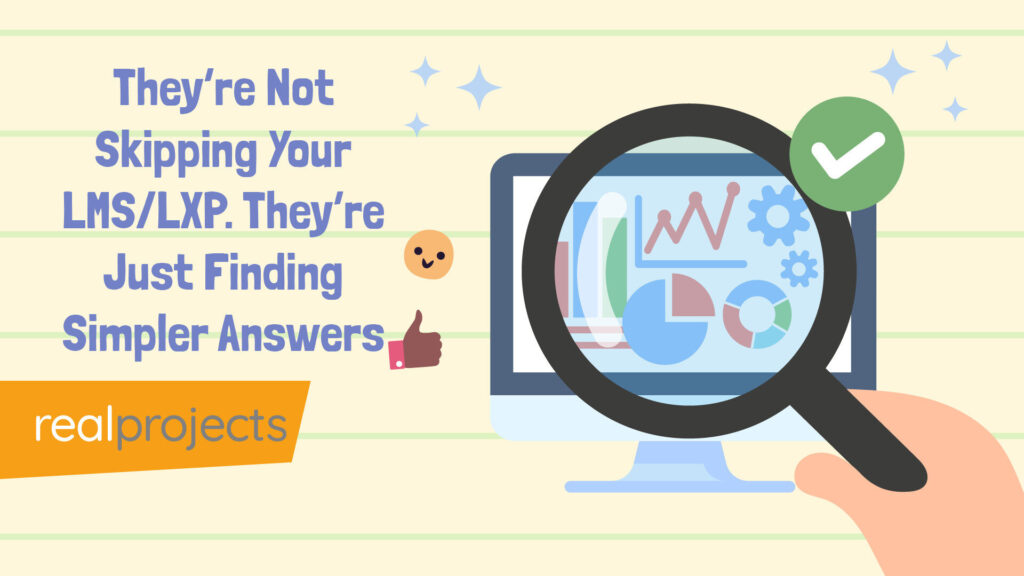Elearning isn’t a trend. It’s how businesses stay sharp. It saves time, boosts retention, and scales fast. If you’re not using an elearning content library, you’re already behind.
The Numbers
-
Companies spent $391.1 billion on corporate training in 2023, underlining its strategic role in building capability (source: assets.trainingindustry.com; trainingindustry.com).
-
The global training market has grown at an annual rate of 3.45% since 2022 (source: trainingindustry.com).
-
It’s projected to grow by a further 1.8% by the end of 2025, driven by workforce and tech changes (source: assets.trainingindustry.com).
-
The market for online learning libraries continues to expand as more teams shift to on-demand learning (source: www2.trainingindustry.com).
-
Only 56% of organisations can currently measure the impact of their training—highlighting a key gap in learning analytics (source: learningguild.com).
-
Self-paced learning is growing, shaped by workforce trends like the gig economy and the need to scale learning at lower cost (source: learningguild.com).
How It Impacts You
An elearning library makes training faster, smarter, and more consistent. It helps cut costs, boost performance, and deliver updates as your industry evolves.
The elearning market has grown by 900% in the last twenty years, and the rise of the elearning content library is a key part of that. This trend is predicted to continue gathering momentum in the future.
Businesses and organisations are leaning towards incorporating online learning to train their workforce because the data collected implies that learning retention is increased between 40 and 60% and upskilling leads to a greater return on investment, and greater profit margins, with this form of learning.
In order to guarantee the training provision you’re offering is of the highest quality, you will want to incorporate an elearning library. An elearning content library is a place where all digital files are stored in order to complete training and maximise learning outcomes.
Read on to find out how an elearning library could revolutionise your organisation’s learning and training needs.
What Are Elearning Libraries?
All media, audio, text and video files are kept in the elearning library. Files, documents and media can be accessed, read, downloaded and edited from this one central storage location.
Elearning libraries are generally deployed through an organisation’s Learning Management System (LMS) or Learning Experience Platform (LXP).
Elearning libraries contain course modules, courses in their entirety, pre-built courses and industry-specific courses., but increasingly they contain a wide range of contain including podcasts, infographics, video and more.
Courses are written by industry leaders and professionals so that individual organisations do not have to write the content themselves. High-quality materials are curated, such as gamification, quizzes, multimedia experiences.
Collaborative software enables learners to communicate, share ideas and support one another. Basically, an elearning library serves the same purpose of a regular library and facilitates learners to interact without entering a class-based setting.
How an Elearning Content Library Supports Flexible Access
Access to an elearning library ensures consistent access for all learners, who can log in at a time and place that suits them. It also enables those learners who like to revisit learning resources multiple times the option to do so – at their own pace. Studies have shown that elearning libraries are also beneficial for the neuro-divergent learner.
Research shows that because elearning is self-paced participants feel reduced levels of stress. There is a tendency for contemporary learners to opt for ‘bite-sized’ learning, now widely reffered to as microlearning.
Because the elearning library is centralised, everyone has access to the same high-quality content. Learners know where to find content, and done well this reduces time searching across different systems. This makes the whole experience smoother and far less frustrating.
A shared elearning library means everyone’s working from the same set of materials. It’s easier to collaborate when people have access to the same content and know others are learning alongside them. Learners will have access to forums and chat tools make it easy to ask questions, share ideas, and support each other.
Using an Elearning Content Library for Ongoing Training
It’s well understood that what’s relevant today can quickly become outdated. The very best content providers will have an elearning roadmap providing new content for their library and also updating existing content. In order for you to stay relevant, the culture of continuous learning must prevail. You also need to be concsious of what’s in your library and what you need as part of your L&D strategy. L&D Leaders are now looking as microlearning as being a key part of their elearning and L&D strategy.
This means training in your organisation must be an ongoing and continuous cycle. Here’s where an elearning content library comes into its own. Whether you know what you want, or you need support in determining your next steps, Real Projects can work with you to set the process of continuous learning in motion.
A successful elearning content library motivates learners to acquire new skills, enhance their performance and adapt to industry trends on a continuous basis.
Knowledge Sharing and Collaboration
Motivating people to learn can hit any number of hurdles; time constraints, digital literacy issues and limited understanding of technology, just a few. One of the biggest concerns around elearning has always come back to the perceived feelings of isolation online learners may have.
Yet, research shows that online interaction can be just as positive and face-to-face. An elearning library facilitates collaboration and interaction between learners. If participants are learning remotely and in isolation, the xAPI software enables real-time collaboration and the use of messaging services to support, discuss and share ideas.
Off-the-shelf and custom-built courses use only the most highly qualified professionals to disseminate information that transposes into really deep and profound learning. Creating this in individual businesses would cripple training budgets before the first module had been completed. Elearning libraries facilitate the use of the most talented trainers who share best industry practice and allow participants to knowledge share and collaborate.
Compliance Training
Compliance training is mandated employee training. When new legislation comes into practice or updates are made, employers have a legal responsibility to train their workforce. These changes are often linked to health and safety and employee concerns. In May 2023 alone there were 22 compliance updates to The Legislation Updates Service, so it’s clear that these changes happen often and in abundance.
Elearning libraries facilitate top-notch industry-specific and compliance training. The digital age continues to accelerate rapidly. For any organisation to keep up with new advancements, a recognised and trusted system of training needs to be implemented. An elearning content library updates with real-time advancements.
Using elearning content libraries to facilitate this form of training keeps your workforce up-to-date with the continuous cycle of changes. Elearning libraries support compliance training by being:
- Interactive
- Flexible
- Accessible
- Cost-effective
An elearning content library replaces the need to ‘bring in’ training. It’s a multimedia experience that allows your learners to access ‘bitesize’ learning wherever and whenever suits them. Learners that require time to browse materials more than once can do so, obliterating the idea that learning is stressful.
Another advantage of the elearning library is its organisation. There are no paper folders to lose and no laborious black and white printouts to hand out and annotate – which can be a time-consuming and frustrating task.
An online learning library can be curated and customised, even branded, to meet the needs of your organisation and updated with industry changes. It delivers effective training using top industry professionals – so you don’t have to build content in-house.
FAQs
What is elearning in a library?
An elearning library is a digital space full of training content. It holds videos, podcasts, courses, and documents. Learners can access it through an LMS/LXP and study anytime, anywhere.
When to use elearning?
Use elearning when staff need flexible, remote, or fast training. It works well for onboarding, compliance, upskilling, and keeping skills fresh without needing face-to-face sessions.
What is elearning and its uses?
Elearning means learning online. It’s used to train teams, improve performance, and meet legal training needs. It helps people learn at their own pace and cuts costs for organisations.



